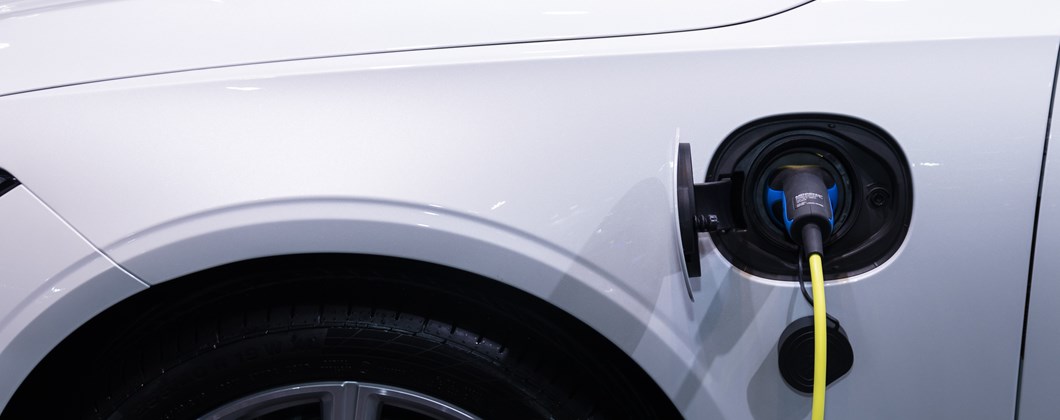Preparing your Electric Vehicle for cold weather conditions

The consumer interest in electric vehicles (EVs) has never been higher and is set to increase even more in the near future, with society becoming more eco-friendly moving forward. Therefore, with EVs becoming more popular, it is essential that motorists are aware of the differences between an electric and combustion engine vehicle.
Electronic vehicles offer a lot of benefits for motorists, including better fuel efficiency, and emitting far fewer environmentally toxic fumes when driving. With that being said, EVs are not without downsides. Similar to combustion engine vehicles, EVs also need preparing for winter. Being aware of, and understanding potential problems becomes even more critical during the winter months, when adverse weather condition can greatly increase risks on the road.
Wheel and Tyre Concerns:
Research from LV = Britannia Rescue has discovered that one common issue with electronic vehicles stems from the wheel or tyre faults. Most would believe a battery fault to be the most prevalent problem with EVs. However, it has been found that wheel and tyre issues have caused three times as many breakdowns for drivers over the past three years. As well as this, research shows that EVs have a higher rate of wheel and tyre issues than diesel and petrol cars.
Research shows the following:
- 37% of EV breakdowns were caused by wheel or tyre problems.
- 11% of EV breakdowns were the result of a dead battery.
- Whilst 16% of petrol or diesel vehicle breakdowns were caused by wheel or tyre issues.
Industry experts suggest the EV wheel and tyre problems could be due to the added weight in the vehicle from the battery that powers it. EVs can weigh up to 50% more than regular petrol vehicles, and with a large number of manufacturers no longer including a spare tyre in the design of a vehicle, drivers are less capable of fixing wheel and tyre problems themselves.
How to prepare during winter:
Cold weather conditions tend to cause more issues for EVs. Drivers should take the following steps to ensure they keep themselves, and others, safe whilst on the road.
- Conduct regular tyre checks. – As the previously mentioned research shows, it is vital that you keep an eye on an EV’s tyres and wheels. To do this you should check tyre conditions, alignment, and pressure on a regular basis. Each vehicles manufacturers manual should have more model specific information to assist you with these checks.
- Monitor the weather. – Issues with batteries are a concern for EV drivers, and a dead battery is much more likely to arise in cold or wet conditions. This is due to low temperatures and moisture reducing battery life and performance. Motorists should check the forecasts before embarking on a long trip, with a plan considering the possibility of a lower battery performance than usual.
- Utilise pre-heat options. – Most EV’s have an app with a pre-heating function that allows the user to warm and defrost the car. This can be used to eliminate the risk of a battery dying on the road due to low temperatures. Idle starting an EV and allowing it to warm up like a conventional combustion engine car will drain the battery, so the ‘warm-up’ function is ideal.
